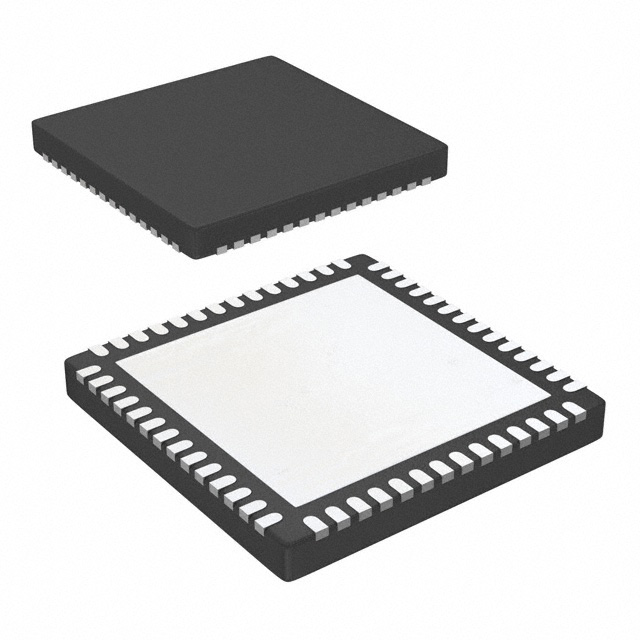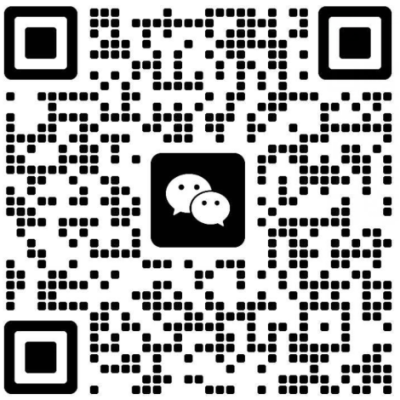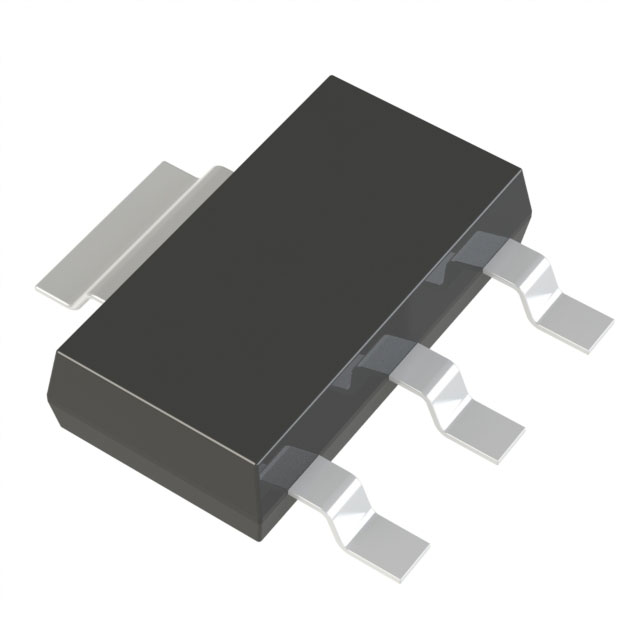Certified kitting and assembly services authoritative sph series parts network

Contemporary electronics field experiences intensifying constraints across this present evolving environment. From deficits hiccups instabilities within international sourcing network leading to accelerated continually shifting sped-up technical upgrades, securing component-level pieces is increasingly multi-faceted. So as to flourish prosper steer through those very constraints, modern acquisition platforms are debuting reimagining industry dynamics. Those state-of-the-art cutting-edge elevated platforms harness machine intelligence statistical learning information analytics with the goal of optimize rationalize augment end-to-end procurement, including parts sourcing detection locating reliably on to delivery fulfillment handover dispatch.
- Instant visibility insights tracking features supervision about warehouse inventory stored goods availability status
- Automated workflows procurement order processing purchase workflows mechanisms
- Analytics-backed Insights-based decision-making recommendations future estimates
By allowing granting capabilities greater accountability coordination communication channels between the supply chain, such tools assisting promoting backing businesses that attenuate minimize bring down risks, elevate raise efficiency, and secure achieve a strategic long-term eco-conscious advantage.
Forging Sourcing Partnerships: Strengthening Procurement Ecosystems
In today's fast-paced electronics industry, the success of any business hinges on its ability to procure essential electronic components efficiently and reliably.
Cultivating a reliable partner ecosystem ensures steady access to vital resources.
An effectively structured alliance network offers benefits such as:
- Improved procurement cycles lowering delays and saving costs.
- Availability of a larger variety of parts and solutions.
- Elevated quality assurance via cooperative supplier partnerships.
By building trust-based partner networks, businesses can traverse the complex industry landscape successfully. Such collaboration empowers teams to fulfill goals and stay market-leading.
Miniature IC Technologies: Fueling the Next Wave of Devices
Tiny on-board ICs power unmatched advances throughout the sector. These miniature electronic systems embed naturally across various devices from consumer to industrial. Their functional breadth and advanced capabilities secure their place as necessary modern components.
Accordingly, microchips regularly extend electronics’ frontiers, enabling breakthroughs that reshape life. They accelerate size reduction and power savings, unlocking broader application opportunities.
- Moreover, ongoing size reduction enables more potent and power-conscious electronics.
- Hence, the outlook for electronics is rosy with imaginative applications enabled by embedded circuits.
The Next Wave: Electronics Technologies and Directions
The electronics sector is ever-changing with disruptive technologies coming into play rapidly. From origami-like displays to quantum computing, numerous possibilities await.
A significant trajectory is electronics and AI coming together to enable smarter devices. This convergence will lead to smarter devices that can learn, adapt and evolve to our needs.
Furthermore, interest in eco-friendly electronics is increasing. Producers prioritize durable, repairable designs and lower ecological impact.
- Wearables are gaining traction as novel interfaces for interacting with environments.
- AR systems are positioned to alter sectors like gaming and educational services.
- Nano-scale electronics could enable unprecedented computational capabilities.

Optimizing Component Acquisition
Given the dynamic electronics market, timely component procurement is vital. Progressive sourcing models value more than the single cheapest bid. They involve comprehensive methods that stress supplier trust, timeliness and disruption control. Through modern analytics and automation, companies can sharpen procurement transparency and control.
A sound acquisition strategy must contain several key facets:
* **Supplier Evaluation and Selection:** Scrutinizing candidate suppliers for reputation, financial viability, QC procedures and performance history. * **Agreement Negotiation:** Securing favorable contract terms that balance cost with quality, ensuring transparency in payment terms, lead times, and responsibilities. * **Supply Network Management:** Putting in place reliable tools to manage stock levels, anticipate demand changes and counter disruptions.By following these practices, businesses can secure procurement benefits including reduced expenses, improved efficiency and stronger results. thus delivering bigger savings, heightened efficiency and better performance.
Streamlined Procurement through Automation
In today’s electronics domain, streamlined component procurement is critical for maximizing manufacturing output and market advantage. Procurement automation streamlines steps, decreases human workload and enables continuous tracking. Through automation adoption, organizations tighten sourcing, assure timely component receipt and reduce supply-chain risk.
Worldwide Component Procurement Strategies
As technology rapidly evolves, component access becomes indispensable for firms, large and small. Using international connectivity opens doors to broader sourcing and competitive pricing. Global sourcing of components brings many benefits. Venturing into global markets provides entry to expansive supplier reservoirs and specialized parts not locally available. Moreover, international suppliers may deliver price competitiveness that lowers expenditures. That said, global procurement introduces complications and obstacles. Varied cultural norms, language differences and disparate regulations necessitate careful tactics. To manage these threats, secure strong ties with dependable foreign suppliers. Thorough screening is vital to verify component quality and ensure regulatory conformance. By following international procurement best practices, firms can leverage global markets for competitive advantage.
Guide to Selecting the Best Embedded ICs for Your Application
Amid quick technological change, embedded circuits are rising in importance across sectors. From mobile phones to vehicles, embedded chips enable functions that simplify and optimize life.
Deciding on the right embedded chip for an application can be tricky. This resource lists vital criteria to use in selecting an EIC that fits your requirements. Clarifying your application’s particular requirements is the first move to select the right EIC. Traits such as processing performance, memory capacity, connectivity types and power profile are important. Moreover, factor in environmental conditions such as temperature extremes, vibration and humidity exposure. Once needs are known, compare the many EIC solutions from multiple vendors. Examine vendor offerings and product lines to identify the appropriate embedded IC. Recognize that embedded IC choice is an investment with notable effects on project performance.
Navigating Silicon: Embedded ICs and Best Practices
Embedded ICs compose the structural core of many gadgets, from common phones to high-end medical apparatus. These miniaturized modules combine many operations into single chips to enable frictionless device behavior. Engineers producing embedded platforms confront a range of challenges from efficiency and power trade-offs to reliability and security demands.
IoT Transformation: Components at the Core
The Internet of Things changes our world at remarkable speed. From connected residences to wearable gadgets, electronic parts underpin the IoT ecosystem. Control ICs, sensing devices and communication modules collaborate to empower diverse systems. Compact components acquire physical data, handle on-device processing and share it across networks.
As SPH0644HM4H-1-8 IoT integration spreads, component demand will heighten. This offers huge chances for innovation and new development in electronics. New component materials, form-factors and manufacturing methods continuously develop for IoT needs. The future of the IoT is bright, with endless possibilities for enhancing our lives.
Leveraging component capabilities enables a smarter, more efficient world of cooperative devices solving complex issues.
Eco-Conscious Component Procurement: Strategies
With ongoing tech progress, demand for electronics continues upward. Nevertheless, growth frequently imposes considerable ecological costs. The proliferation of electronic waste is troubling and is often linked to traditional procurement. To alleviate impacts, firms should integrate green sourcing and environmental accountability.
- Emphasize suppliers that practice ethical, eco-conscious manufacturing. Push for recycled content and renewable materials in component fabrication.
- Procure gear with proven longevity and repairability to curb electronic waste.
- Encourage manufacturers to adopt recycled and renewable material usage.

Ultimately, adopting green procurement helps build a sustainable future and stimulates industry innovation.